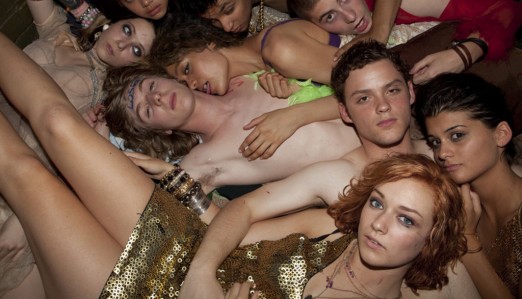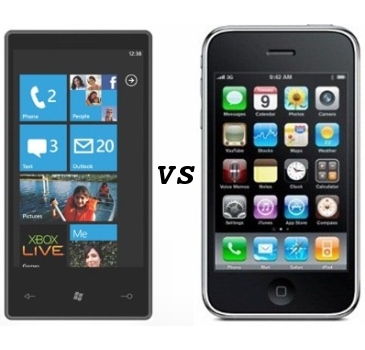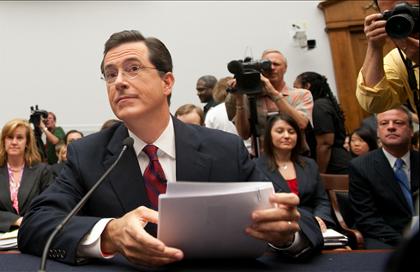 The death of Amy Winehouse–from what some suspect was a drug overdose–may not come as much of a surprise to her fans or those who study popular culture. Sadly, too many aspiring young musicians have died early deaths as a result of addictive behavior and a hard-driving lifestyle. The phenomenon has been chronicled in a 2009 book, The 27s: The Greatest Myth of Rock & Roll.
The death of Amy Winehouse–from what some suspect was a drug overdose–may not come as much of a surprise to her fans or those who study popular culture. Sadly, too many aspiring young musicians have died early deaths as a result of addictive behavior and a hard-driving lifestyle. The phenomenon has been chronicled in a 2009 book, The 27s: The Greatest Myth of Rock & Roll.
There’s also a movie, The 27 Club, based on the tragic and dangerous lifestyle that too many have tried, unsuccessfully, to live. Here’s a brief synopsis of the movie:
When you’re dead, you’re gone. You exist only in the minds of those you leave behind. You become a fragment of a story; a beginning, middle or end. Tom is dead. Elliot has been left behind. Tom was the front man of their successful band, Finn. He died on his 27th birthday. Elliot is left to decide if he, too, will join The 27 Club.
Members of the real-life 27 Club include, among others: Brian Jones, Jimi Hendrix, Janis Joplin, Jim Morrison and Kurt Cobain. A complete list is available here.
Music, an important social and cultural force, and the music industry have long attracted artists and creative minds that sometimes march to the beat of a different drummer. Add to that a lavish lifestyle and the trappings that come with fame and fortune and the outcome is sometimes too easy to predict. The need to succeed–which for many musicians is exemplified by an appearance on the cover of Rolling Stone magazine–often eclipses more rational and reasonable needs that are part of a healthy lifestyle. It is sad to watch talented and creative musicians self-destruct. In some cases the downward spiral is quick and catches us off guard. For other, such as Winehouse, the signs have been present for quite some time.
August 24 Update: Toxicology reports indicate that illegal drugs are not responsible for the death of Winehouse leaving experts puzzled. However, the following from ABC News indicates that the evidence is not conclusive.
But Pittsburg forensic pathologist Cyril Wecht cautions against reaching a conclusion from the family’s statement.
“The fact that the family said no illicit drugs were found does not mean in and of itself other drugs obtained legally were not found,” Wecht told ABCNews.com. “Most drug deaths are from legally obtained drugs. That’s one caveat I would express in regard to the family’s statement.”
Bruce A. Goldberger, a toxicology professor at the University of Florida, said some prescription drugs, illicit drugs and “designer” drugs can escape detection.







